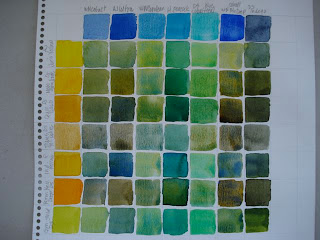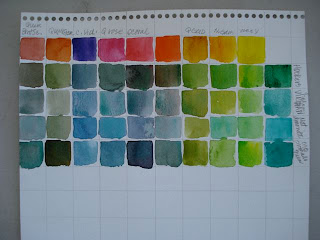Duomo, Siena, Italy
Sepia Ink & Watercolor
Somewhat recently, I found a wonderful new brush pen with water-soluble ink in sepia. The ink is in the cartridge, which can be replaced very inexpensively. The sepia is warm in tone so it melds with the subsequent watercolor and is not so insistent at black ink. So, why is it “almost” my favorite? That will take some explaining.
I’ve been working in ink and watercolor for many years. It has morphed from a sketching tool in sketchbooks to an integral part of my painting. I draw very quickly and the brush enables me to draw with expression since pressure determines the thickness of the line. The best analogy is that the line “dances” across the page. I don’t begin with pencil, as that would inhibit the ink line – I just go for it and absolutely love the process.
When I was painting in Provence 18 months ago, I concentrated on doing contour drawing with my brush pen rather than working on paintings since the subject matter was so wonderful that I didn’t want to miss any opportunity to capture it on site. I brought home over 20 drawings, 14”x20”, some with a bit of watercolor but most with none. These drawings were done in black water-soluble ink…soluble, that is, for 2 weeks.
My first sepia ink drawings were done with a brush pen from Japan. I could not read the inserts but I didn’t consider that a problem. The brush handled beautifully and the warmer ink color made a better combination with watercolor. This was especially so when the landscape is predominately cool in temperature.
I’d used up several sepia cartridges when I happened upon one with English in the insert. There was a cautionary note about the ink being unstable in bright light. The result is that I’ll need to frame any paintings from this group with UV protected Plexiglas. I am so glad that I read that important note before I went any further.
So, yes, this is almost my favorite brush pen. I’m now experimenting with other brushes and inks to achieve the same results and have promised myself to be diligent in finding out information about any new tool.













